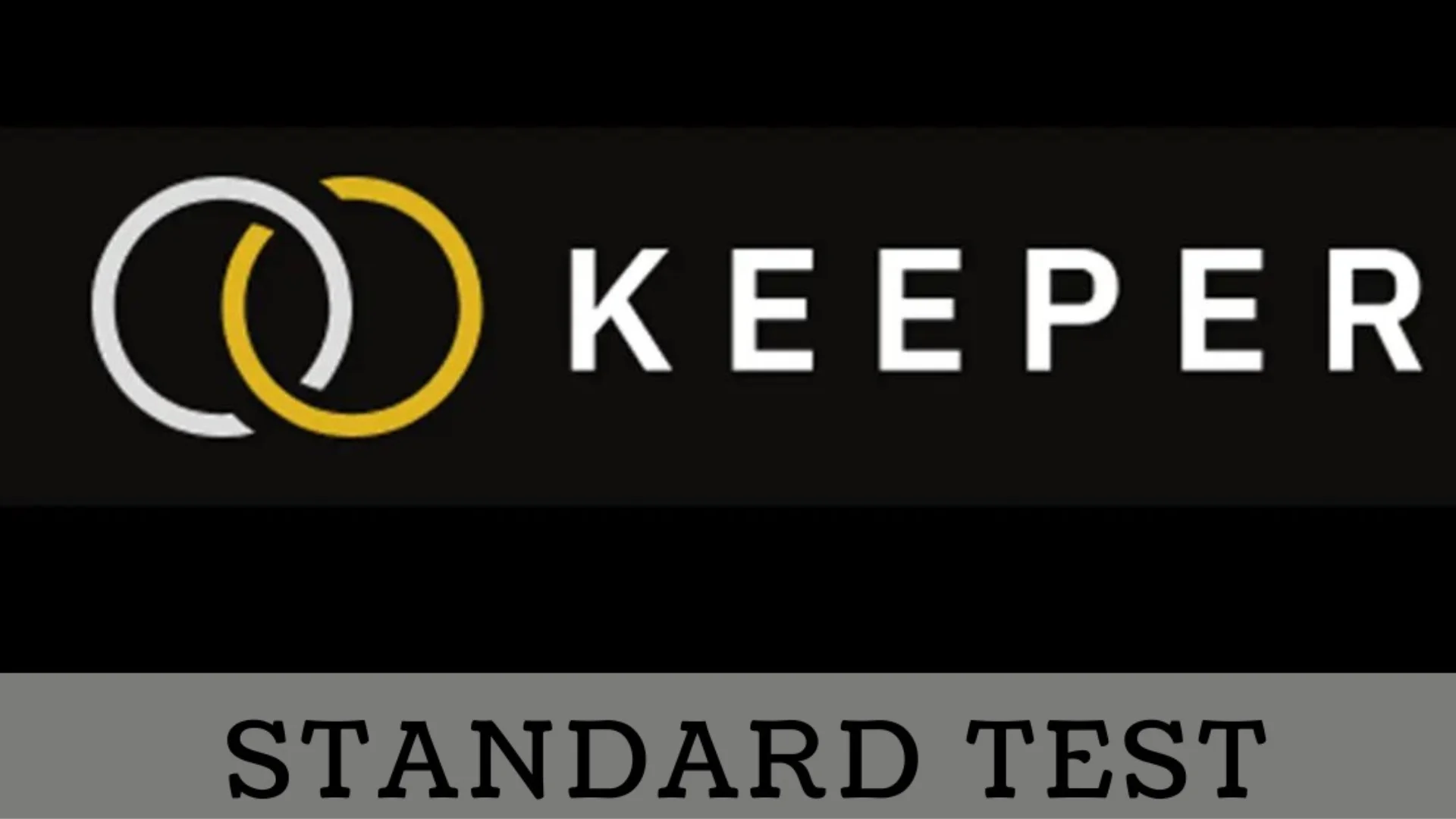Standards are the cornerstone of success in professional sports, business, or any discipline requiring Accountability. A keeper standards test is a structured evaluation or benchmark system that measures adherence to established rules, best practices, or performance expectations. While its name may evoke images of goalkeepers in sports, the term applies to far more than athletic endeavors. From ensuring quality control in industries to maintaining elite performance in sports, this test is vital for achieving and maintaining high standards.
This article explores the keeper standards test, its applications across different fields, and why it’s essential for fostering excellence. Whether you’re a professional looking to implement better systems or curious about how standards are measured, this guide will provide valuable insights.
What is a Keeper Standards Test?
The keeper standards test evaluates whether an organization meets redefined benchmarks or expectations. Keeperper” implies maintaining or safeguarding something—often quality, performance, or integrity. In this context, the “test” ensures these standards are consistently upheld.
Such a test can take various forms, from practical skills assessments and theoretical examinations to audits and performance reviews. The specific format depends on the field of application. However, the overarching goal remains the same: ensuring consistency, Accountability, and a focus on improvement.
The ImporAccountabilityards in Any Field
Before exploring how the keeper standards test is applied, it’s crucial to understand why standards matter. Standards are benchmarks that define acceptable levels of performance, behavior, or quality. Maintaining order, ensuring fairness, and achieving progress can be challenging without them.
1. Promoting Accountability
Standards create clear expectations for individual Accountability. The keeper standards test holds people accountable for meeting these expectations by evaluating whether they are consistently met.
2. Encouraging Continuous Improvement
When people or teams know they’ll be tested against defined criteria, it fosters a mindset of continuous improvement. A keeper standards test motivates individuals to strive for excellence rather than settle for mediocrity.
3. Ensuring Quality and Reliability
In industries where quality is paramount—such as manufacturing, healthcare, or education—a keeper standards test helps identify areas where quality may be slipping. It ensures that processes remain reliable and outputs meet the required standards.
Applications of the Keeper Standards Test
The keeper standards test is not limited to one industry or field. Its principles can be applied in various contexts, each with unique goals and criteria.
1. Sports and Athletics
In sports, the keeper standards test is often associated with evaluating goalkeepers’ performance, particularly in soccer or hockey. However, assessing their mental fortitude, decision-making ability, and teamwork goes beyond physical skills.
For instance, in professional soccer, a keeper standards test might include evaluating a goalkeeper’s ability to make split-second saves, maintain composure under pressure, and coordinate with the defensive line. Coaches use this test to identify strengths and weaknesses, ensuring goalkeepers remain at the top of their game.
2. Corporate Environments
The keeper standards test can be performance reviews, compliance audits, or skills assessments in business. For example, an organization might use this test to ensure its employees meet productivity goals or adhere to ethical guidelines.
This principle also applies to leadership. Managers are often evaluated using a keeper standards test to ensure they effectively team up, make sound decisions, and align with the company’s mission.
3. Education
The Keeper standards test can measure the effectiveness of teaching methods, curriculum adherence, or student performance in education. Standardized tests, for example, are a form of this evaluation, ensuring that students across different schools meet specific academic benchmarks.
Educators can also be subjected to keeper standards tests to ensure they teach effectively, stay updated with the latest educational trends, and foster an inclusive learning environment.
4. Healthcare
Maintaining high standards is crucial for patient safety and effective treatment in the healthcare industry. A keeper standards test could evaluate doctors, nurses, or administrative staff. For example, it might assess a surgeon’s adherence to protocols during procedures or a nurse’s ability to handle emergencies.
This testing ensures that medical professionals deliver care that meets or exceeds expectations, ultimately safeguarding patient health.
5. Creative and Artistic Fields
While creativity is often subjective, standards still help ensure quality and consistency. In fields like graphic design, filmmaking, or writing, a keeper standards test might involve peer reviews, portfolio evaluations, or client feedback. This ensures that artists and creatives maintain high excellence in their work.

How to Implement a Keeper Standards Test
If you’re looking to implement a keeper standards test in your organization, team, or personal life, the following steps can guide you:
1. Define Clear Standards
Start by establishing what “success” ss” looks like. What benchmarks need to be met? Ensure these standards are measurable, realistic, and relevant to your goals.
2. Communicate Expectations
Make sure everyone involved understands the criteria. Transparency is crucial in gaining buy-in and ensuring fair evaluations.
3. Develop a Testing Mechanism
Design a test that accurately measures adherence to standards. This might involve practical evaluations, theoretical exams, or performance reviews.
4. Conduct Regular Assessments
Testing should be an ongoing process, not a one-time event. Regular evaluations ensure standards are consistently upheld and allow for timely course corrections.
5. Provide Feedback and Support
The keeper standards test should not be punitive. Instead, it should serve as a tool for growth. Offer constructive feedback and provide resources to help individuals or teams improve.
6. Reassess and Adjust Standards
Over time, standards may evolve to keep up with changing circumstances or goals. Regularly reassess your benchmarks to ensure they remain relevant and challenging.
Benefits of the Keeper Standards Test
The keeper standards test offers numerous benefits, including:
- Consistency: It ensures that quality and performance remain consistent over time.
- Objectivity: By providing clear criteria, subjectivity is removed from evaluations.
- Improvement: It identifies areas of weakness, offering growth opportunities.
- Accountability: It holds individuals and teams accountable to predefined standards.
Whether in sports, business, or any other field, the keeper standards test is valuable for maintaining and raising the bar of excellence.
Challenges of the Keeper Standards Test
While the keeper standards test is beneficial, it’s not without challenges. These include:
- Resistance to Change: Implementing new standards can meet resistance from those who fear change or additional scrutiny.
- Bias in Evaluation: If not designed correctly, personal biases could influence the test.
- Overemphasis on Testing: Too much focus on testing might stifle creativity or innovation, particularly in fields requiring flexibility.
To mitigate these challenges, it’s essential to balance maintaining high standards and allowing room for flexibility and growth.

Conclusion
The Keeper Standards test is invaluable for ensuring excellence in various fields, from sports to education and healthcare to business. By setting clear benchmarks, conducting regular evaluations, and fostering a culture of continuous improvement, individuals and organizations can use this test to achieve outstanding results.
While implementing such a system may come with challenges, the benefits outweigh the drawbacks. The keeper standards test ensures consistency and Accountability and motivates people to reach their full potential. In today’s competitive world, where excellence is a prerequisite for success, adopting and upholding high standards is non-negotiable.
Whether you’re an athlete, a business leader, or an educatoAccountabilityStandards test can serve as your roadmap to achieving sustained excellence.































